Sapele Mahogany Lumber
- August 3, 2023
- 0 comment
Sapele Mahogany (Entandrophragma cylindricum) is a highly prized hardwood with a captivating reddish-brown hue and exquisite grain patterns. This African species, commonly known as “Sapele,” belongs to the mahogany family and is celebrated for its versatility and aesthetic appeal. The wood’s warm and inviting color darkens with age, further enhancing its elegance and charm.

One of its most notable attributes is its exceptional workability, making it a favorite among woodworkers and craftsmen. Sapele cuts, sands, and finishes smoothly, allowing for fine detailing and precise construction. Its moderate density, coupled with its interlocked grain, creates a distinctive wavy or rope-like pattern, adding an alluring visual dimension to any project.
Due to its durability and natural resistance to decay, Sapele is frequently employed in both interior and exterior applications. Furniture makers appreciate its ability to exhibit a luxurious appearance, rendering it an ideal choice for crafting high-end pieces and intricate designs. Additionally, Sapele’s versatility extends to cabinetry, where its fine texture and smooth finish contribute to elegant and functional storage solutions. The wood’s resilience against rot makes it suitable for use in flooring, where it can withstand wear and tear while imparting a warm ambiance to living spaces.
| Property | Description |
|---|---|
| Common Name(s) | Sapele Mahogany, Sapele |
| Scientific Name | Entandrophragma cylindricum |
| Distribution | Native to tropical regions of Africa |
| Tree Size | Medium to large-sized trees, typically 100-150 ft |
| Average Dried Weight | Approximately 42 lbs/ft³ (675 kg/m³) |
| Specific Gravity | 0.64-0.71 |
| Janka Hardness | 1,410 lbf (6,280 N) |
| Modulus of Rupture | 15,800 lbf/in² (109 MPa) |
| Elastic Modulus | 1.71 million lbf/in² (11.8 GPa) |
| Crushing Strength | 8,830 lbf/in² (61 MPa) |
| Shrinkage | Radial: 4.8%, Tangential: 7.2%, Volumetric: 12.2% |
Characteristics
Color/Appearance
Sapele’s color palette consists of a striking reddish-brown hue with occasional darker streaks and highlights, contributing to its captivating appearance. As the wood ages and is exposed to light, it undergoes a graceful darkening process, deepening the richness of its color. Additionally, Sapele showcases stunning ribbon-like patterns and an interlocked grain, creating an attractive wavy or rope-like effect on its surface. These unique characteristics add depth and dimension to finished projects, making Sapele a favored choice for creating visually appealing furniture and decorative elements.
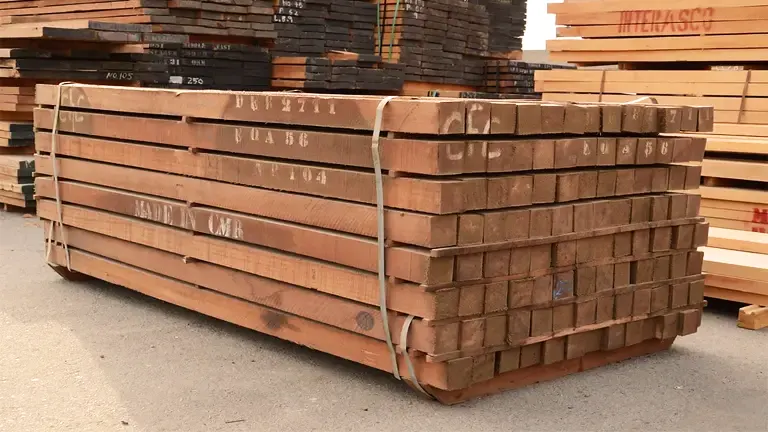
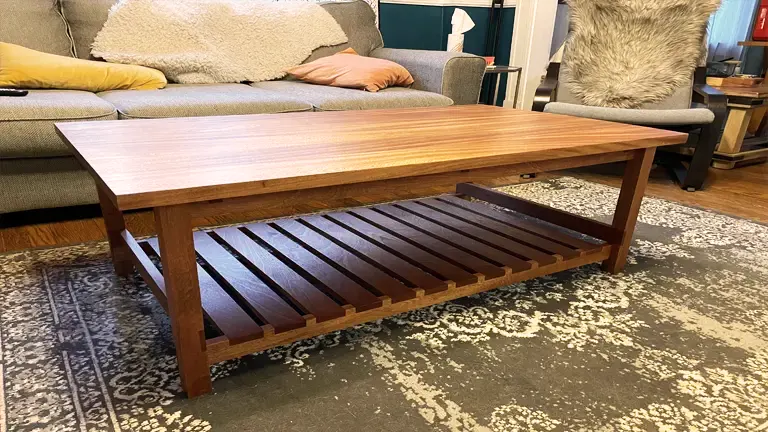
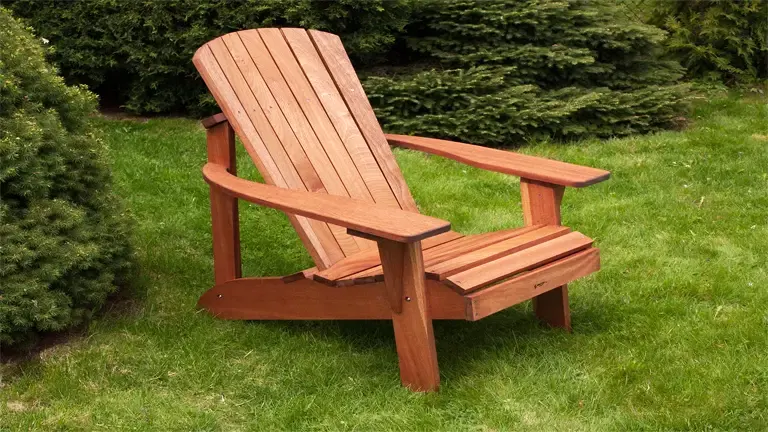
Grain/Texture
The interlocked grain pattern is one of the most distinctive features of Sapele, lending it a captivating visual appeal. The interlocking nature of the grain results in an attractive wavy or “ropey” appearance on the wood’s surface, further enhancing its allure. The texture of Sapele is generally medium to coarse, offering a tactile richness that adds character to the finished product. Despite its interlocked grain, the wood has a uniform and fine texture that contributes to its smooth finish and ease of workability.
Rot Resistance
Sapele exhibits commendable resistance to decay and rot, making it an excellent choice for outdoor applications. Its natural durability allows it to withstand exposure to the elements, making it suitable for exterior doors, window frames, and boatbuilding. However, like all wood species, proper sealing and maintenance are crucial to enhance its longevity and ensure its continued resistance to decay over time.
Workability
Renowned for its exceptional workability, Sapele is highly favored by woodworkers and craftsmen alike. The wood responds well to cutting, planing, sanding, and finishing, resulting in a smooth and polished surface. Its cooperative nature enables artisans to achieve intricate detailing and fine craftsmanship. However, due to its interlocked grain, there is a potential for tearout during planing or machining, necessitating careful consideration and proper techniques to avoid any surface imperfections.
Odor
When worked, Sapele emits a mild, cedar-like scent that adds a pleasant experience to woodworking projects. This subtle aroma contributes to the overall sensory appeal of crafting with this versatile hardwood.
Allergies/Toxicity
While there are no known specific health hazards associated with Sapele, woodworkers should always take necessary precautions when working with any wood species. Some individuals may experience respiratory or skin irritation when exposed to wood dust or contact with the wood’s surface. It is advisable to wear appropriate protective gear, such as masks and gloves, during woodworking activities.
Pricing/Availability
Sapele is relatively abundant and widely available, contributing to its moderate pricing. However, as with most hardwoods, prices can vary depending on factors such as the quality, size, and regional availability. Overall, Sapele offers an attractive combination of accessibility and affordability, making it a popular choice for various woodworking projects.
Sustainability
Sapele Mahogany is listed on the IUCN Red List as a species of least concern, indicating that it is not currently facing significant conservation threats. However, responsible and sustainable forestry practices are vital to ensure the long-term viability of this valuable hardwood resource. By supporting environmentally conscious sourcing and management of Sapele lumber, consumers and industries can play a crucial role in maintaining its sustainability for future generations.
Common Uses
The versatility of Sapele makes it a favored wood for a wide range of applications. In interior design, it is often used for crafting elegant and functional furniture, cabinetry, doors, and window frames. Its resistance to decay also makes it a popular choice for flooring and paneling in both residential and commercial settings. Additionally, Sapele is prized in the boatbuilding industry, as it can withstand the demanding marine environment. Moreover, its tonal qualities and visual appeal have earned it a place in the construction of musical instruments, particularly acoustic and electric guitars, showcasing the wood’s diverse and enchanting properties.
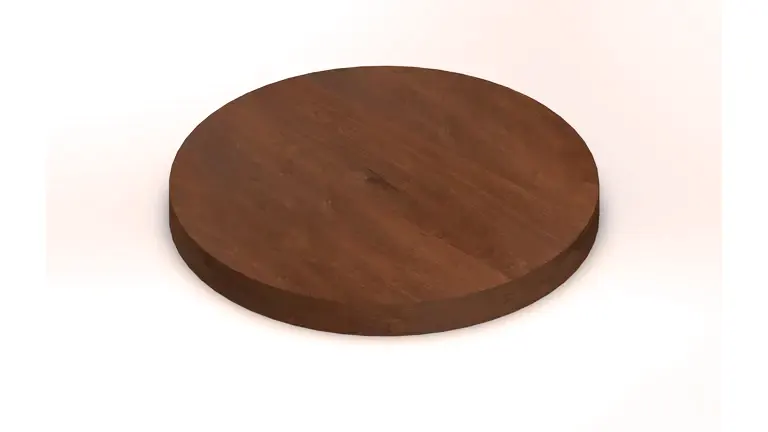
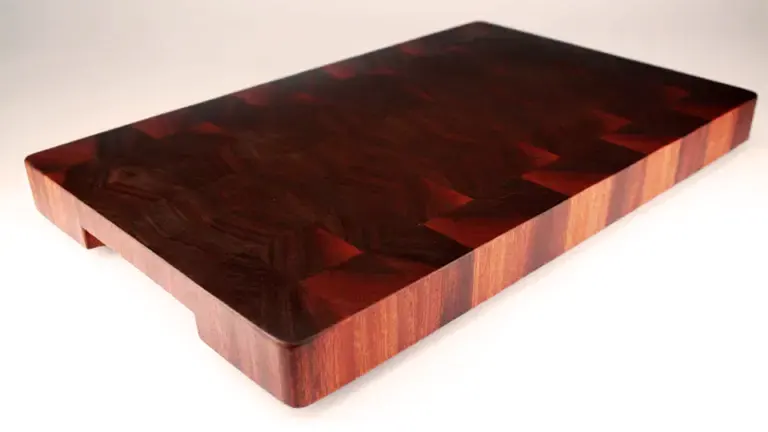


Frequently Asked Questions
- Is Sapele Mahogany a true mahogany?
While Sapele is commonly referred to as “Sapele Mahogany,” it is not botanically classified in the Swietenia genus, which includes true mahogany species. However, Sapele shares many characteristics with mahogany and is often used as an affordable substitute. - Can Sapele be used outdoors?
Yes, Sapele is suitable for outdoor applications due to its natural resistance to decay and rot. It is commonly used in exterior doors, window frames, and boatbuilding. - How does Sapele compare to other mahogany species?
Sapele is denser and harder than some true mahogany species like Honduran Mahogany (Swietenia macrophylla). It shares similar appearance and workability characteristics, making it a popular alternative. - Does Sapele change color with age?
Yes, like many woods, Sapele undergoes color changes with exposure to light. It darkens over time, giving the wood a richer and deeper reddish-brown hue. - Is Sapele suitable for musical instruments?
Yes, Sapele is commonly used in the construction of acoustic and electric guitars, as well as other musical instruments, due to its tonal qualities and attractive appearance.
We’d love to hear from you! Share your personal experiences and thoughts about Sapele Mahogany Lumber in the comments section below. Your insights could help fellow woodworkers make informed decisions!





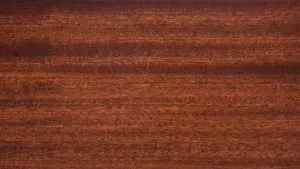
Leave your comment